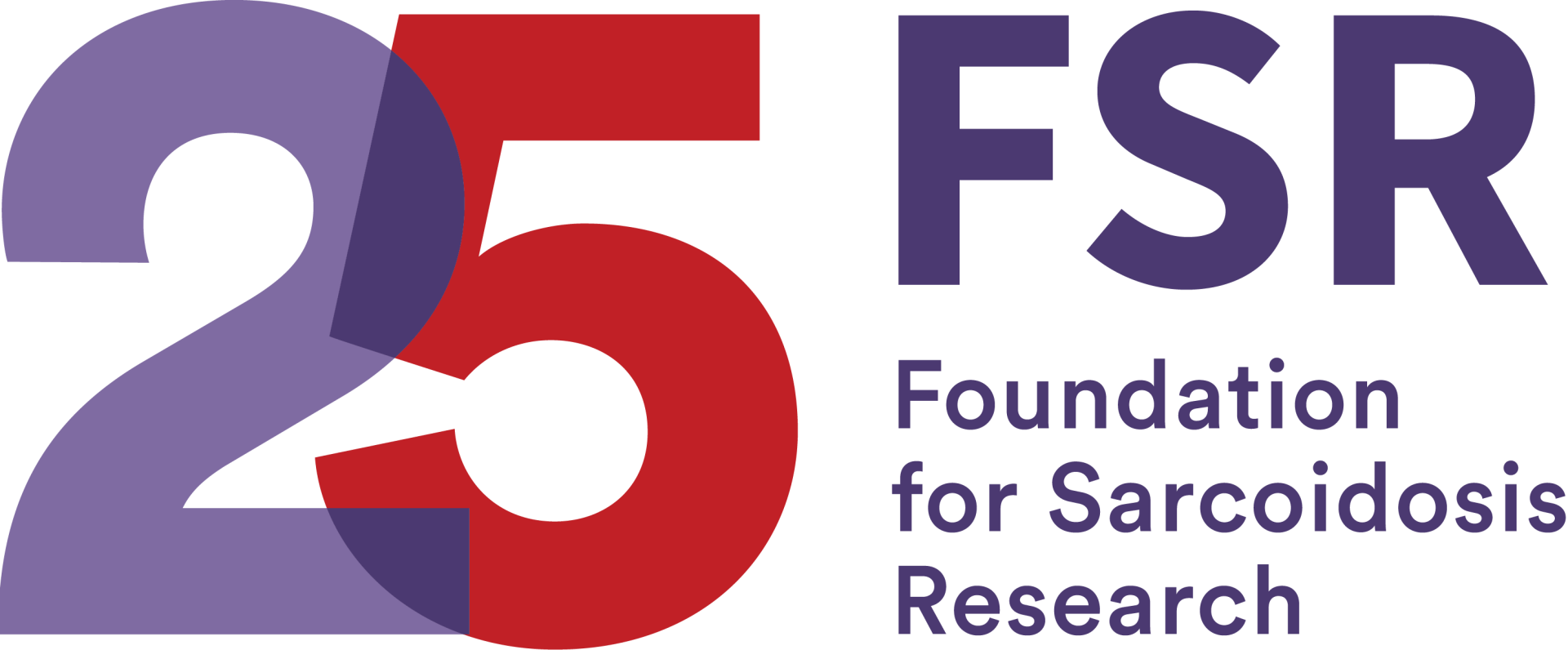Sarcoidosis is a diagnosis of exclusion, meaning that doctors will oftentimes have to rule out other possible diseases before confirming that your symptoms are caused by sarcoidosis. There is no objective test which can easily diagnose sarcoidosis. Numerous exams and tests are required to confirm your diagnosis and help your doctor decide on the best treatment options.
Your health care provider will take your medical history and perform a physical examination. Medical tests provide additional information. Because many of the symptoms that occur with sarcoidosis also occur with other diseases, your health care provider may work to rule out other possible explanations.
Common Tests Used to Arrive at Sarcoidosis Diagnosis
- Chest x-ray: A chest x-ray is a painless test that allows your clinician to look at your lungs and airways. Although more than 90 percent of people with sarcoidosis will have abnormal x-rays, many other conditions can cause abnormal x-rays too. Often, a clinician will notice signs of sarcoidosis on an x-ray that was ordered for other purposes.
- CT scans: uses x-rays to create cross-sectional pictures of the body. During a CT scan, the patient lies on a narrow table that can slide in and out of a tube-shaped scanner. It is important to stay still during the exam, so that the machine can take clear pictures. Because your muscles, bones, and lungs move with every breath, you may be asked to hold your breath for brief periods. Some CT scans require the use of contrast, a special dye that helps certain things show up more clearly on the resulting pictures. If your exam requires the use of contrast, a health care provider will tell you when and how the contrast will be administered. Some types of contrast are given through an IV. Others are ingested before the exam.
- Lung function tests (also called pulmonary function tests or PFTs): Your health care provider may have you breathe out into a mouthpiece that is attached to a spirometer, a device that measures the amount and speed of air you blow out. This test gives information about how well your lungs are working. Other equally painless tests may be prescribed. Lungs affected by sarcoidosis generally do not work as well as healthy lungs.
- Lung biopsy: If your chest x-ray, lung function tests, and symptoms suggest pulmonary fibrosis, your health care provider may obtain a sample of lung tissue. The tissue can be analyzed in a laboratory to see if it shows signs of sarcoidosis. Pulmonary specialists can obtain lung tissue samples with bronchoscopy. This procedure is usually done in a hospital, but does not require admission. A bronchoscope is a thin, flexible tube that is threaded into your airways and lungs through your nose or mouth. Specimens are obtained through this tube. Medication will be used to numb your throat before the procedure, and you will be given medication to help you relax.
- Other biopsies: If you have bumps or lesions on your skin that may be related to sarcoidosis, your health care provider may take tissue samples and send them to the lab for analysis. Lymph nodes are also sometimes used for biopsy.
- Blood tests: Many people with sarcoidosis make excess amounts of vitamin D and/or a chemical called angiotensin-converting enzyme. Blood tests can be used to detect high levels of these substances. However, other conditions also cause elevated levels of vitamin D and angiotensin-converting enzymes, so these tests cannot be used to diagnose sarcoidosis. Blood tests can also be used to check blood levels and to look for evidence of liver or kidney damage.
- MRI (magnetic resonance imaging): Like x-rays and CT scans, MRI tests provide a glimpse inside the body. MRIs can be used to look for signs of sarcoidosis in the brain, spinal cord, heart, bones, and other organs.
- Nuclear imaging: These tests use radioactive dye to help clinicians see blood flow through various body organs. The dye is injected into your veins before the scan. After a period of time, your body is scanned with a special camera that can detect the radiation from the dye. Nuclear imaging tests are sometimes used to help diagnose sarcoidosis of the heart.
- PET scan (Positron emission tomography): This imaging test also uses a radioactive substance to provide information about an organ’s functioning. PET scans are often used to help diagnose cardiac sarcoidosis or to find a good spot for a biopsy.
- Heart rhythm monitoring: Your health care provider may use electrocardiography (often called ECG or EKG) to get information about the functioning of your heart. Up to 50 percent of people with sarcoidosis will have an abnormal EKG, so additional testing might be needed to see whether the changes are worrisome.
- Echocardiogram: An echocardiogram is an ultrasound of the heart. It uses ultrasound waves to look at the heart. (Pregnancy ultrasounds use the same technology to provide a look at the fetus.) Your health care provider might order an echocardiogram to see how the heart is pumping blood.
The average age of diagnosis in the US is 55, though people of all ages can be affected and many are diagnosed anywhere between ages 20 and 70.
